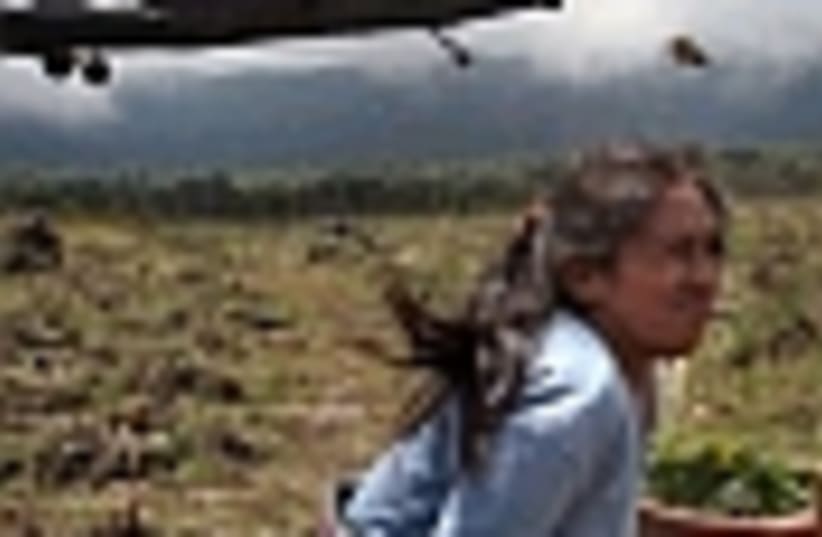| More about: | Guatemala, El Salvador, Costa Rica, Nicaragua |
Guatemala towns turn into mass graves
Death toll from torrential rains associated with Hurricane Stan stood at 652; 384 missing.


| More about: | Guatemala, El Salvador, Costa Rica, Nicaragua |